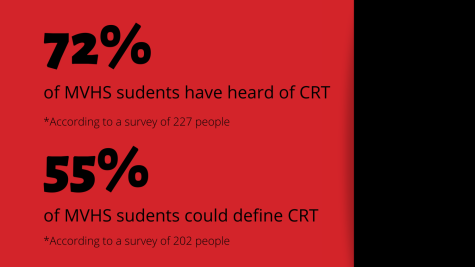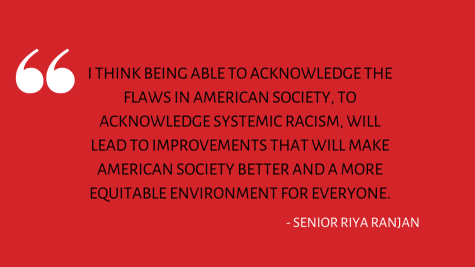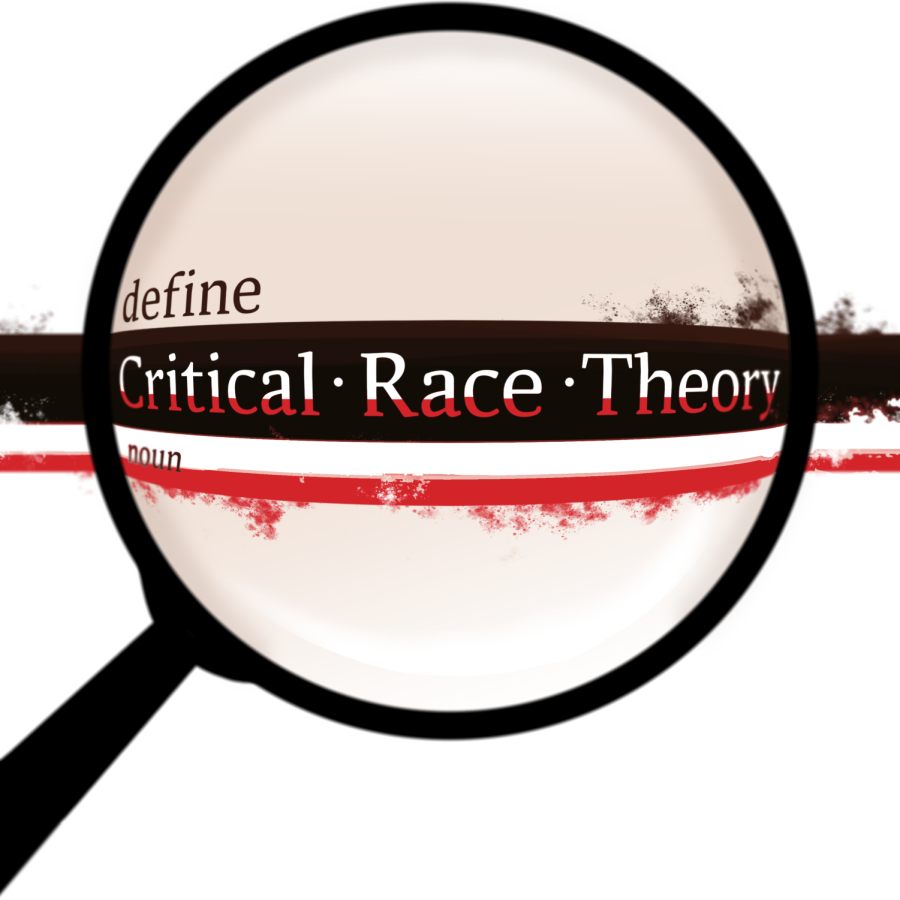Defining Critical Race Theory
Understanding CRT and how it is taught and understood in classrooms
February 12, 2022
While teaching Race and Law, a class that included discussion of Critical Race Theory, Santa Clara University Associate Professor Margalynne Armstrong encountered a student who felt “defensive” about CRT and ended up dropping the class after the first day. The student’s spouse was in the military and she felt the course was too critical of the country that her husband was fighting for. Armstrong suggested that the student stay in the class as she offered a “valuable” perspective but she declined.
CRT is “a practice of interrogating the role of race and racism in society that emerged in the legal academy and spread to other fields of scholarship,” according to the American Bar Association. Armstrong highlights that CRT relates to the meaning of “certain legal facts or legal institutions.”
“In my writings, I started to encounter these articles that were classified as Critical Race Theory,” Armstrong said. “And what that meant was that the authors were looking at specific legal subjects with a perspective of, ‘What did those subjects or cases or laws say about race and racism?’ And specifically, ‘How did the law get formed in ways that were disadvantageous, primarily with people of color?’”
Similarly, senior Sury Dongre finds that CRT can be used to examine historical and current events and “how [race] influences how things happen and why things happen.” Dongre was first introduced to CRT his junior year while taking Honors American Literature, where he was able to study various texts through a critical race lens, and AP U.S. History, where he was introduced to aspects of CRT that focus on the realistic historical perspective.
“I think I definitely lean towards realistic history, mostly because APUSH explored history through a bunch of different lenses,” Dongre said. “We looked at gender, we looked at queer history, we looked at [the] history [of race], and I think because of that, [I gained] a more diverse perspective and [looked] at it from different people’s perspectives, rather than solely analyzing U.S. history through a critical race lens.”

Armstrong says the key of CRT is “trying to fill in the gaps in people’s educations” through teaching realistic history while also applying a critical race lens. She clarifies that this is an important difference between CRT and realistic history that allows both to be useful in education.
“The [realistic history] that you’re learning looks at American history — warts and all — [and] is giving you a more true picture of the past,” Armstrong said. “Critical Race Theory really helps to look at motivations or even to show that things or institutions that we might think of as neutral actually have racial implications.”
Armstrong finds that with a combination of both realistic history and CRT in high school, students can delve into “what’s behind the surface” and develop “inquiring minds.” However, the implementation of CRT into high school curriculum has sparked controversy among U.S. citizens.
Senior Riya Ranjan notices “pushback” on CRT in the news and through additional research and finds that much of this discourse has been occurring in the South, potentially due to the region’s history of slavery and structural racism. Dongre also finds similar disregard and highlights that some people are concerned they will “feel alienated because of race,” especially relating to the concept of white students feeling guilty about historically being perpetrators of racism. Armstrong further explains this concept regarding white guilt.
“There’s this controversy about Critical Race Theory that’s going on now because there are people who have been using the term Critical Race Theory really broadly and maliciously,” Armstrong said. “And they’ve admitted it’s in order to scare white parents into feeling like their children are being disadvantaged by this type of examination of history. There are these claims that Critical Race Theory or even looking at the negative aspects of American history, make white students feel ashamed of being white.”
Despite these claims, Armstrong explains that schools are attempting to teach the historical faults of democracy and its false presentation of inclusivity, such as teaching how U.S. history was built by taking land from Indigenous people and the unpaid labor of Black people. Rather than making students feel like they are being held responsible for history, she believes that teaching history in the context of race promotes a growth mindset in which people are forced to think, “What are our responsibilities in the present to try to perfect the access to democracy in our country right now?”
Ranjan also highlights that these concepts do not “deface what America is,” but rather strengthen inclusive aspects of society through the acknowledgment of racism as a political and social power.

“People will say that it’s anti-American and I think it’s totally the opposite,” Ranjan said. “I think being able to acknowledge the flaws in American society, to acknowledge systemic racism, will lead to improvements that will make American society better and a more equitable environment for everyone. And in my opinion, that’s much more patriotic than just pretending that everything is OK and pretending that the white experience is what everyone else experiences.”
Correlating to Ranjan’s commentary on the “white experience,” Armstrong refers to a study in which young Black children, particularly boys, were found to be disciplined more vigorously and at higher rates than children of other races starting in preschool. The study also explains the presumption that Black students were more likely to be worse behaved or that they needed stronger discipline. To Armstrong, this disparity in the treatment of young Black children indicates that to address these aspects of racism, “You really have to look all through education, because it doesn’t just start at some point in the middle, it actually can be there from the very beginning.”
Ranjan also references CRT’s relevance in her experience in education and its further implications, even at MVHS, a school where she finds that many people don’t consider racism an issue.
“There is so much evidence that we had so many different racially-motivated incidents that have happened that are very anti-Black,” Ranjan said. “I think that has helped open my eyes beyond saying, ‘Oh, well, MVHS is this perfect community in Cupertino,’ to realizing that even within the communities we might consider to be more liberal or progressive, we still have to be able to understand the gravity of those issues, because they still apply no matter where you are.”



















